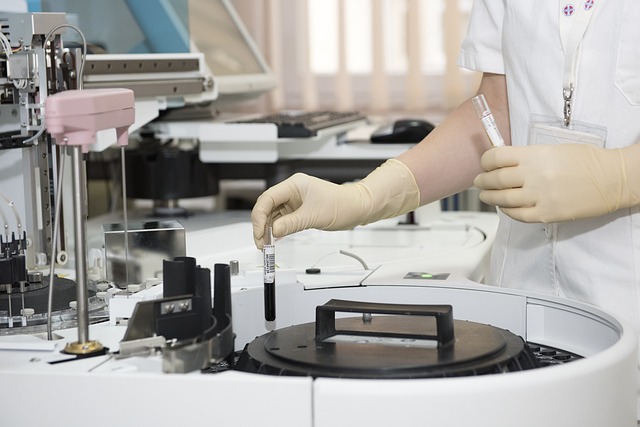In recent decades, Australia the resource sector to boost its business, and the economic growth and did not pay much attention to the development of problem-solving solutions from the science and technologywhich began to change with the Covid-19 pandemic, he said. Jenna Daroczy.
The manager of leadership and strategic communications at CSIRO posits that as post-pandemic economic conditions begin to tighten, Australia risks once again moving away from science and undoing all the progress it has made in creating solutions and commercialization efforts.
The valley of death is where new companies fail because of lack of investment to see them through product development, scale-up, distribution and all the other hurdles they have to overcome before they can learn to feed themselves. That valley is wider and deeper for science startups, he refers.
"In Australia, the knowledge that many of our startups wither and die in that valley means that, rather than risk the valley of death, our best ideas go overseas for investment and support to grow, and we come back to buy their products once someone else has taken the risk for us and taken the courage from us. It has gotten to the point that, more often than not, it is the fear of the valley of death that prevents us from even trying to cross it," he adds.
Daroczy stresses that in recent years Australia has made steady progress in building bridges across that valley of death, which opens up great hope for the future, provided that short-term economic cycles are not more powerful than the long-term benefit that science-driven innovation can offer.
"Two science startups in particular have jumped across the valley to early commercial success: one is a graduate of CSIRO's ON program and the other is a portfolio company of the CSIRO Innovation Fund, managed by Main Sequence," he details.
FutureFeed was in one of the first cohorts to go through ON, looking for ways to commercialize research that found adding a seaweed supplement to cattle feed can significantly reduce their methane emissions.
Daroczy adds that more than 3,000 people have participated in the ON programs, with more than 60 companies formed by participating teams. The program includes an intensive customer-focused accelerator to develop new companies, preparing them for the leap through the Valley of Death.
"After ON, FutureFeed did something we don't often see in Australia, it forced local Australian companies to fund its seemingly impossible idea, including retail giant and supermarket chain Woolworths, commodity controller GrainCorp, agri-food group Harvest Road and accelerator operator AGP Sustainable Real. Assets: Sparklabs Cultiv8" joint venture.
Earlier this year, FutureFeed celebrated a major milestone with the sale of its first products to livestock feed suppliers and now has licensees in Australia, New Zealand, the United States and Europe.
The plant-based protein company v2food was created with an investment from the CSIRO Innovation Fund, as well as CSIRO's research and facilities and a path to market through Competitive Foodsowner of Hungry Jacks.
In the first two years, the company raised $182 million and today, v2food products are in Hungry Jacks stores, major supermarkets and in-flight meals, with plans underway to export to Asia.
By leveraging CSIRO's market insight and venture investment, we can de-risk investment opportunities for companies in Australia, such as Competitive Food, to invest in deep technology start-ups that would otherwise struggle to find a way across the valley of death.
FutureFeed and v2food are not flukes; there could be many more like them if we continue to build a bridge over the valley of death.
"But if we let short-term economic conditions scare us, we will miss our window of opportunity and it will take decades to catch up. By that time, we may have realized the future predicted by our Australian National Outlook in 2019, except that we will have taken the path to a slow decline rather than a bright, innovation-driven outlook," he warns.
Source: Csiro.au


